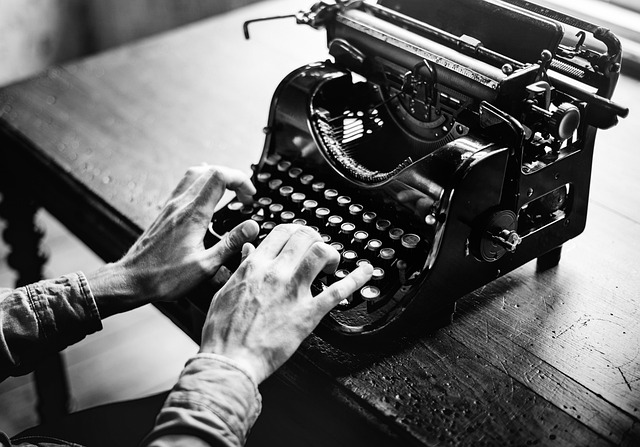
Who Are The Best Cinematographers
Introduction
Cinematography is a crucial aspect of filmmaking that significantly influences how stories are told on screen. The role of a cinematographer, or director of photography, involves not only capturing images but also shaping the visual narrative through lighting, camera angles, and composition. This article explores some of the most renowned cinematographers in the film industry, highlighting their contributions and distinctive styles.
1. Roger Deakins
Roger Deakins is widely regarded as one of the greatest cinematographers in the history of cinema. His collaborations with directors such as the Coen brothers and Sam Mendes have produced visually stunning films. Deakins' work on The Shawshank Redemption (1994) earned him significant acclaim, and he has since received numerous awards, including multiple Academy Awards. His ability to create mood and atmosphere through lighting and composition is unmatched, making him a pivotal figure in modern cinematography.
2. Emmanuel Lubezki
Known for his innovative techniques and use of natural light, Emmanuel Lubezki has made a significant impact on contemporary filmmaking. His work on films like Birdman (2014) and The Revenant (2015) showcases his mastery of long takes and immersive storytelling. Lubezki's approach often blurs the lines between reality and fiction, drawing audiences deeper into the narrative. His three consecutive Academy Awards for Best Cinematography highlight his exceptional talent.
3. Vittorio Storaro
Vittorio Storaro is an Italian cinematographer known for his collaboration with directors such as Bernardo Bertolucci and Francis Ford Coppola. His work on films like Apocalypse Now (1979) and The Last Emperor (1987) demonstrates his unique ability to use color and light to evoke emotions and enhance storytelling. Storaro's philosophy of cinematography emphasizes the importance of visual language, making him a significant figure in the field.
4. Gordon Willis
Often referred to as the "Prince of Darkness," Gordon Willis is celebrated for his innovative use of shadow and light. His work on The Godfather series and All the President's Men (1976) has left a lasting legacy in the film industry. Willis' ability to create tension and drama through lighting choices has influenced countless cinematographers. His contributions to visual storytelling are recognized as foundational in the art of cinematography.
5. Haskell Wexler
Haskell Wexler was not only a talented cinematographer but also a passionate advocate for social change. His work on Medium Cool (1969) reflects his progressive political views and commitment to documentary filmmaking. Wexler's innovative techniques and willingness to experiment with visual styles have made him a respected figure in the industry. His legacy continues to inspire future generations of filmmakers.
6. Janusz Kamiński
Janusz Kamiński, known for his long-standing collaboration with director Steven Spielberg, has contributed to many iconic films, including Schindler's List (1993) and Saving Private Ryan (1998). His ability to blend realism with artistic vision has garnered him critical acclaim and multiple awards. Kamiński's work often emphasizes the emotional weight of a scene, making him a vital part of Spielberg's storytelling approach.
Conclusion
The world of cinematography is rich with talent and innovation. The cinematographers mentioned in this article have not only shaped the visual landscape of cinema but have also influenced how stories are told across various genres. Their unique styles and techniques continue to inspire both filmmakers and audiences alike, ensuring that the art of cinematography remains a vital component of the filmmaking process.
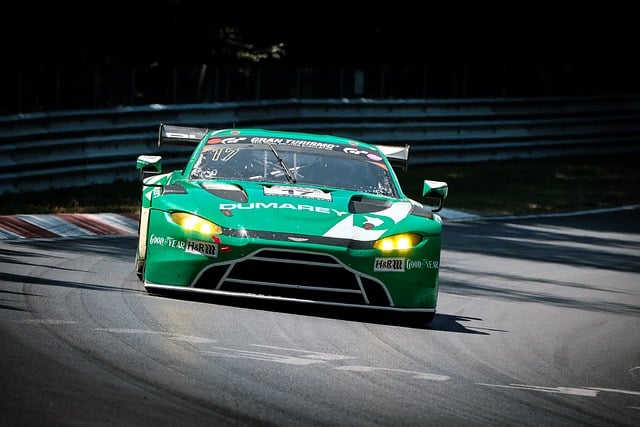
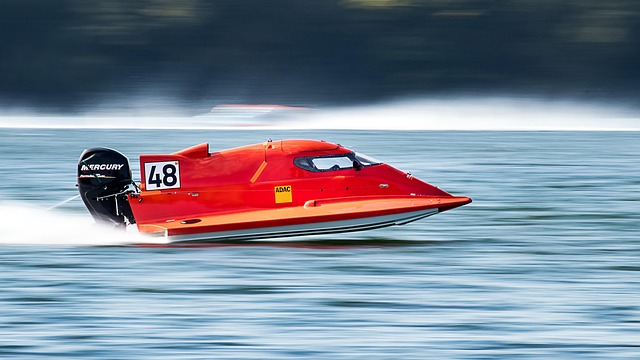

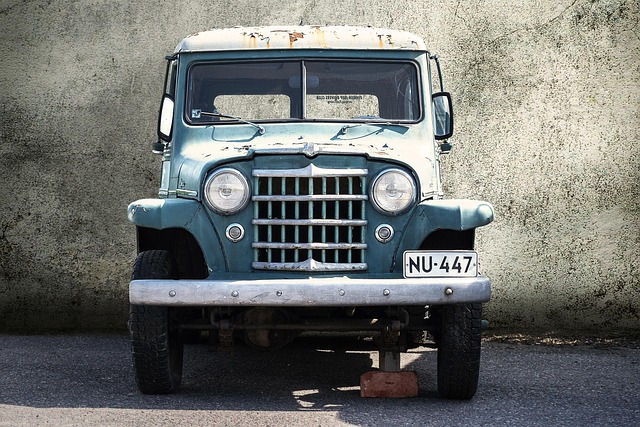
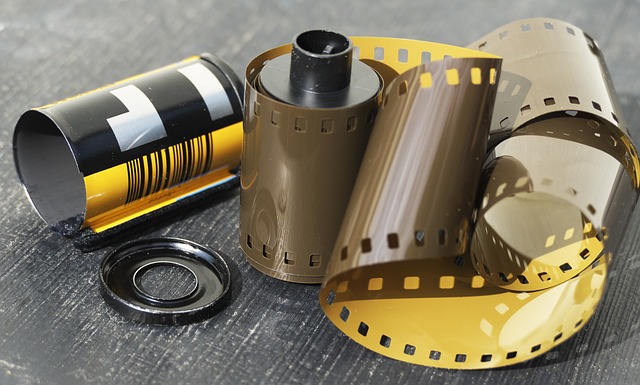
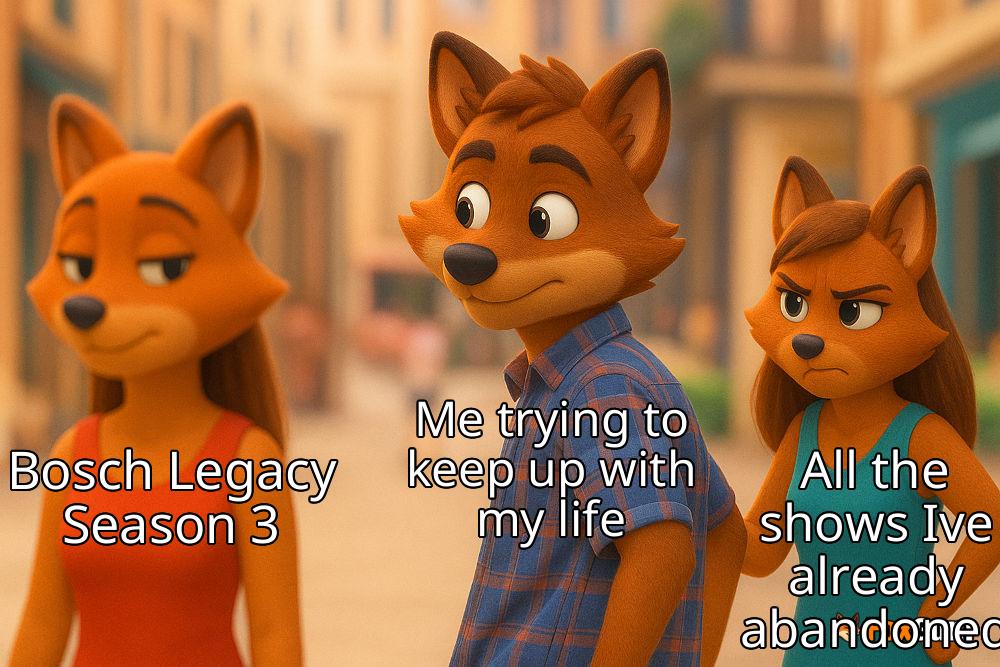
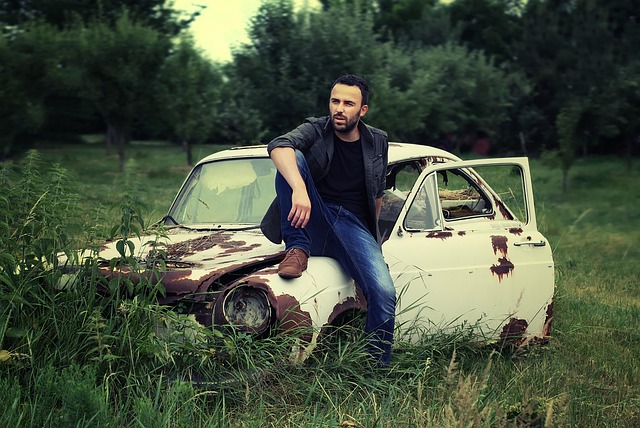
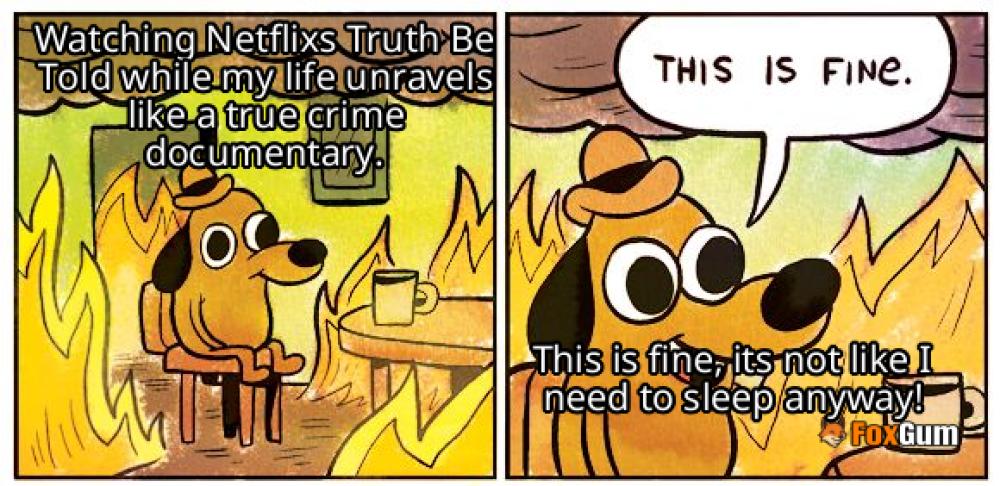
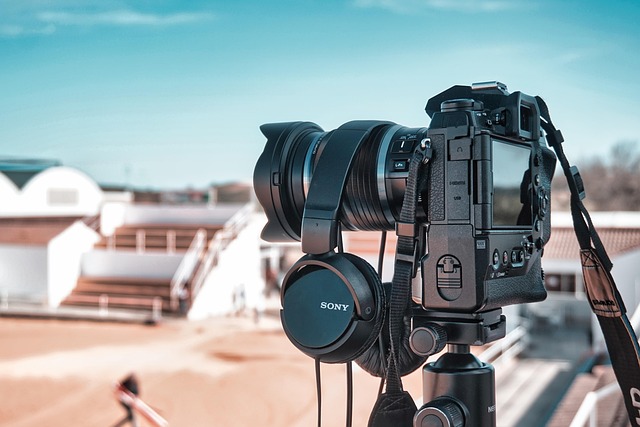
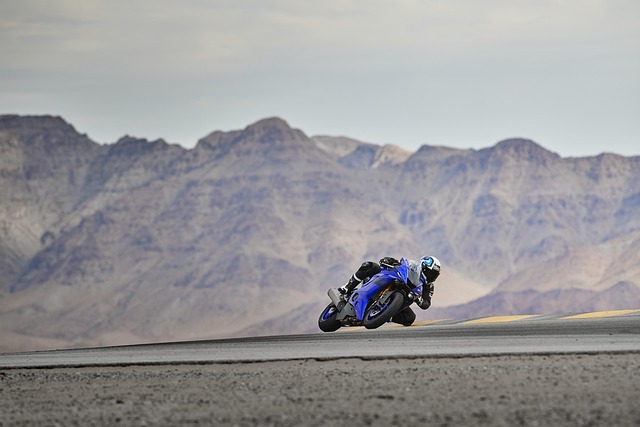
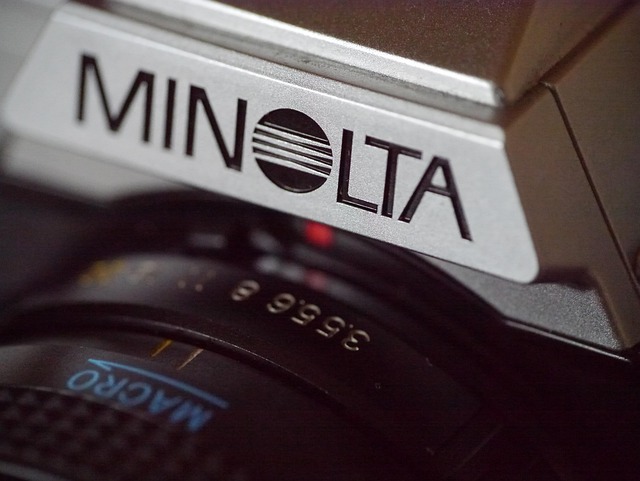
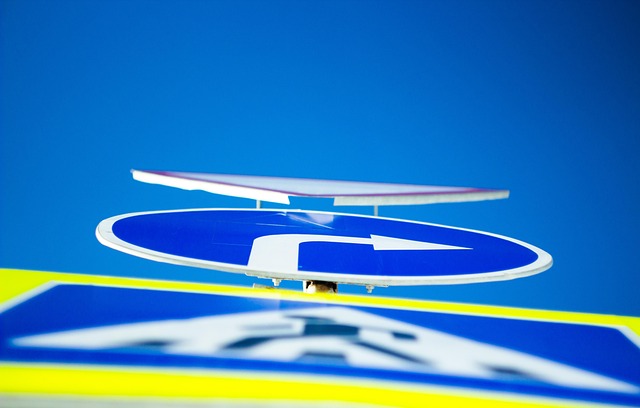


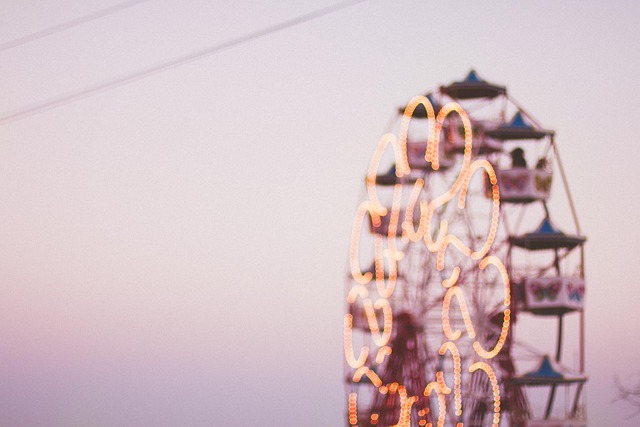
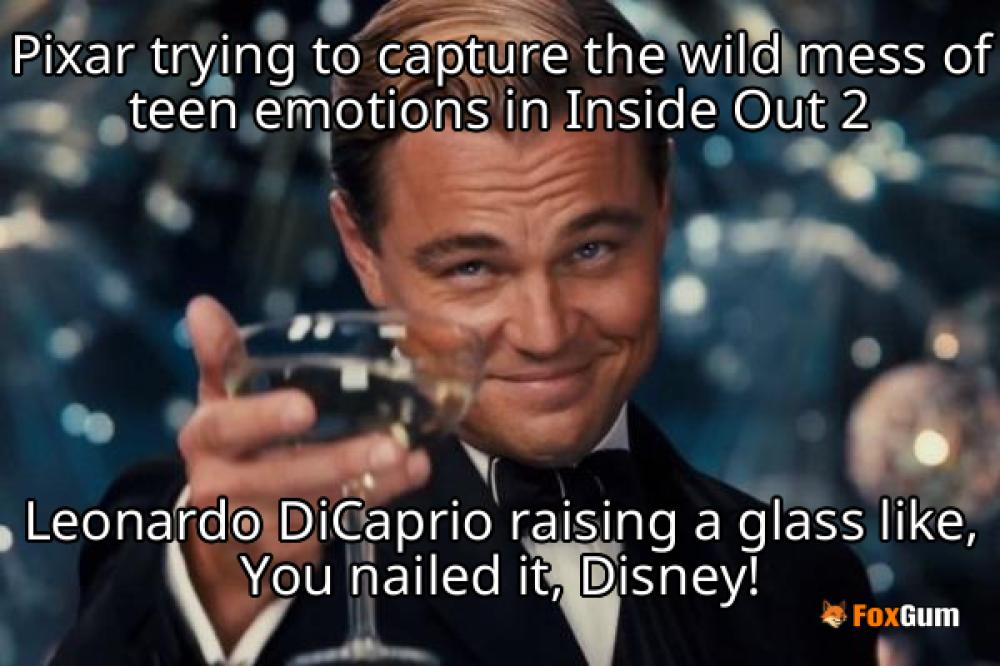

 Foreign Drivers in New York
Foreign Drivers in New York 
 Health
Health  Fitness
Fitness  Lifestyle
Lifestyle  Tech
Tech  Travel
Travel  Food
Food  Education
Education  Parenting
Parenting  Career & Work
Career & Work  Hobbies
Hobbies  Wellness
Wellness  Beauty
Beauty  Cars
Cars  Art
Art  Science
Science  Culture
Culture  Books
Books  Music
Music  Movies
Movies  Gaming
Gaming  Sports
Sports  Nature
Nature  Home & Garden
Home & Garden  Business & Finance
Business & Finance  Relationships
Relationships  Pets
Pets  Shopping
Shopping  Mindset & Inspiration
Mindset & Inspiration  Environment
Environment  Gadgets
Gadgets  Politics
Politics 